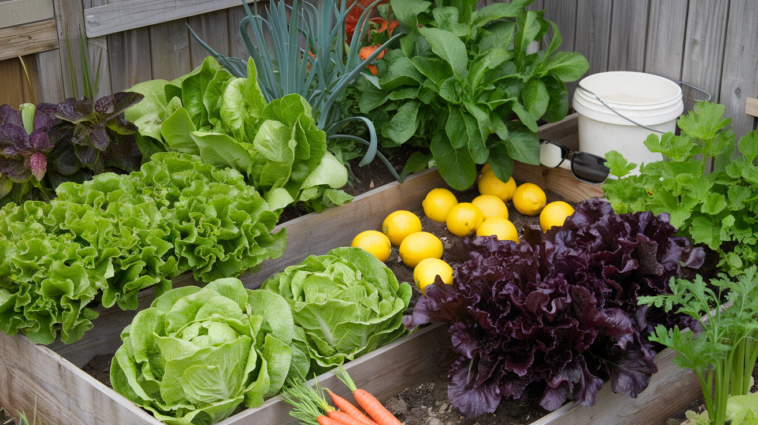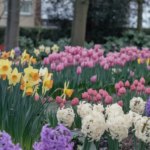Spring is my favorite time of the year because my garden comes back to life after the cold months. Over the years, I’ve found that proper planning and preparation in early spring set the foundation for a thriving, productive garden. Whether you’re growing flowers, vegetables, or herbs, these 25 practical steps will help you make the most of the season.
Preparing the Garden
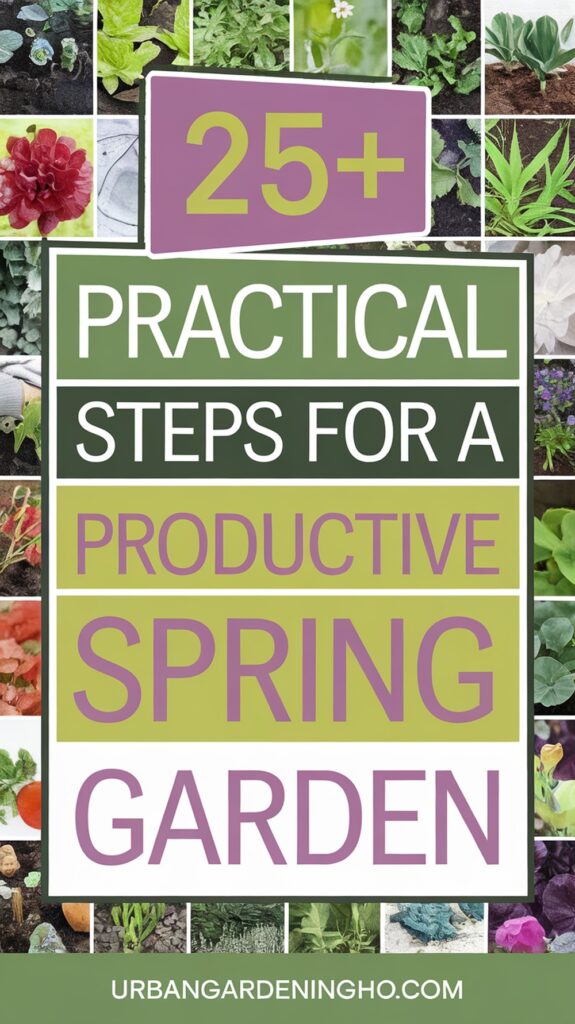
1. Clean Up Garden Beds
I start by clearing out any dead plants, weeds, and debris left from winter. A clean garden bed makes it easier for new plants to establish themselves.
2. Test the Soil
Checking my soil’s pH and nutrient levels helps me determine what amendments it needs. I use a simple soil test kit to check for deficiencies.
3. Enrich the Soil with Compost
Adding compost or well-rotted manure boosts soil fertility, improves drainage, and encourages strong plant growth.
4. Plan My Garden Layout
Every year, I sketch a garden plan to ensure proper spacing, crop rotation, and companion planting for healthier plants.
5. Prune Shrubs and Perennials
Early spring is the best time to trim back dead branches and shape my shrubs and perennials to promote vigorous growth.
6. Divide Overgrown Perennials
Plants like hostas and daylilies can get crowded. I divide and replant them to rejuvenate the plants and get more blooms.
7. Refresh Mulch
I add a fresh layer of mulch to retain moisture, suppress weeds, and regulate soil temperature.
8. Repair Garden Beds and Trellises
Winter can be rough on garden structures. I check for damage and repair raised beds, trellises, or fences before planting.
9. Clean and Sharpen Garden Tools
Well-maintained tools make gardening easier and more efficient. I clean off rust, sharpen blades, and check handles for damage.
Planting and Growing
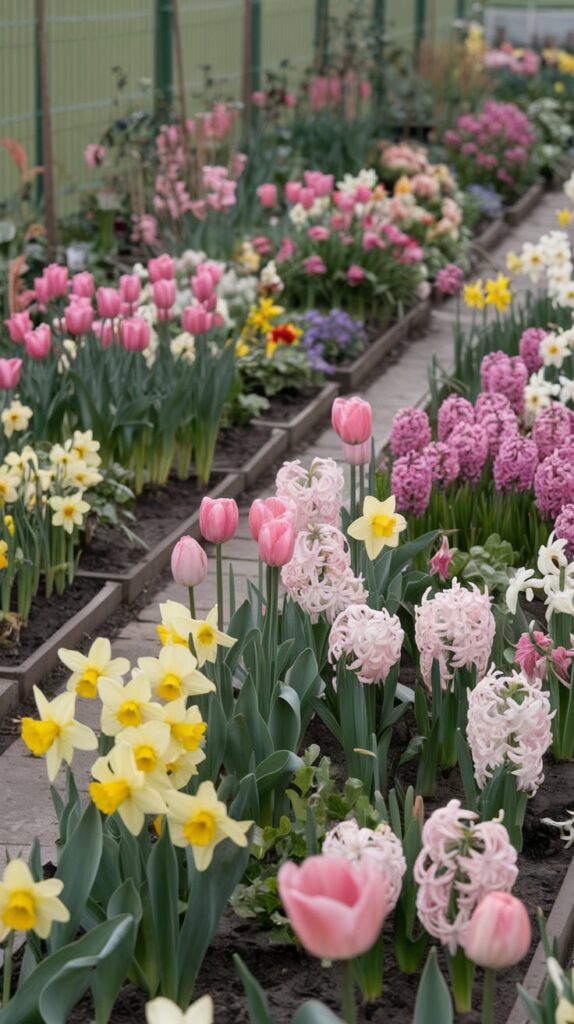
10. Start Seeds Indoors
For a head start on the season, I plant tomatoes, peppers, and herbs indoors under grow lights before transplanting them outside.
11. Direct Sow Cool-Season Crops
I plant lettuce, spinach, peas, and carrots directly in the garden since they thrive in cooler temperatures.
12. Harden Off Seedlings
Before transplanting seedlings outdoors, I gradually expose them to outdoor conditions to strengthen them.
13. Rotate Crops
I make sure not to plant the same vegetables in the same spot as last year to prevent soil depletion and disease buildup.
14. Add Row Covers for Early Protection
Spring weather can be unpredictable, so I use row covers to protect tender plants from late frosts.
15. Set Up Supports for Climbing Plants
I install trellises, stakes, and cages for tomatoes, beans, peas, and cucumbers before they start growing.
16. Choose Pest-Resistant Plants
To minimize pest problems, I select hardy, pest-resistant plant varieties whenever possible.
17. Companion Plant for Better Growth
Planting basil with tomatoes or marigolds with vegetables helps deter pests and improves plant health.
Watering and Maintenance
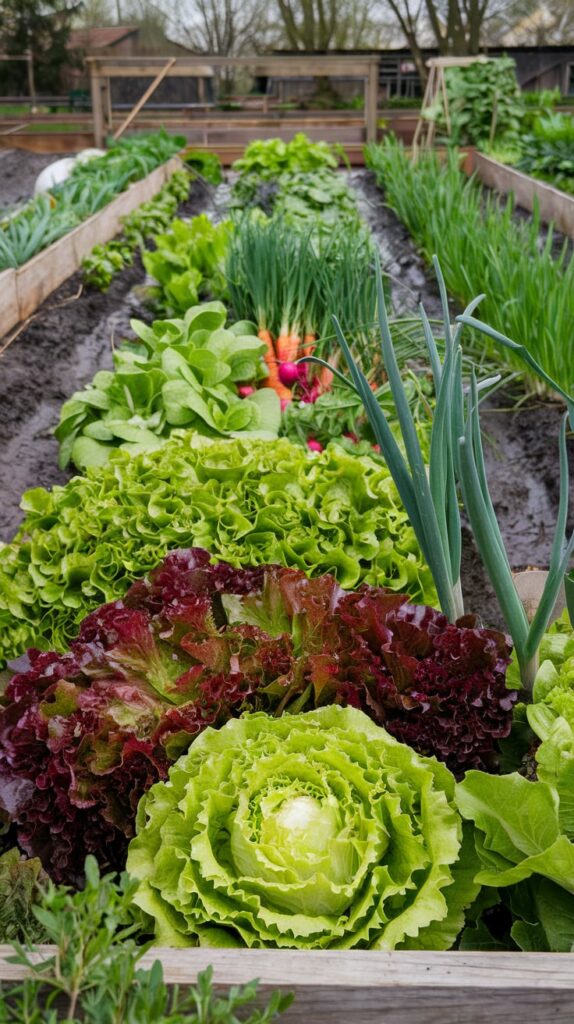
18. Water Deeply and Consistently
Instead of frequent shallow watering, I water deeply to encourage strong root development.
19. Install a Drip Irrigation System
To save time and conserve water, I use a drip irrigation system that delivers water directly to plant roots.
20. Keep Up with Weeding
Weeds compete for nutrients and water, so I make it a habit to pull them early before they spread.
21. Monitor for Pests and Diseases
Checking leaves for holes, discoloration, or sticky residue helps me catch pest problems before they get out of control.
22. Attract Beneficial Insects
I plant flowers like lavender and dill to attract pollinators and beneficial insects that control pests naturally.
Long-Term Success
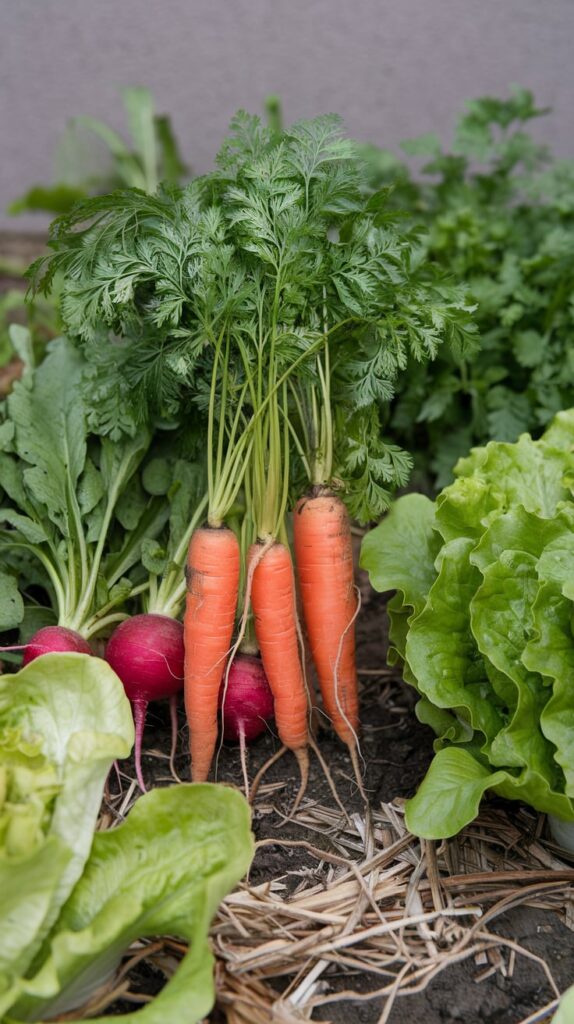
23. Keep a Gardening Journal
I track planting dates, weather conditions, and pest issues to learn what works best in my garden.
24. Experiment with New Plants
Each spring, I try growing something new—whether it’s a unique tomato variety or an herb I’ve never planted before.
25. Enjoy the Process
Gardening is not just about productivity—it’s also about enjoying the beauty of nature and the satisfaction of growing my own food and flowers.
Final Thoughts
Spring is a fresh start for my garden, and taking the time to prepare and care for it properly makes all the difference. By following these 25 practical steps, I ensure a healthy, thriving garden throughout the season. Whether you’re a beginner or an experienced gardener, these tips will help you make the most of spring gardening. Happy planting!
